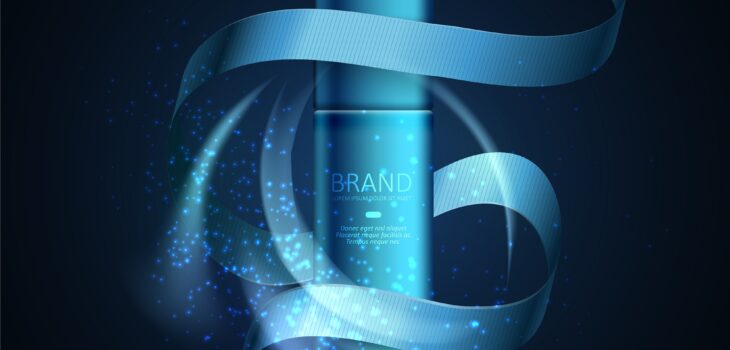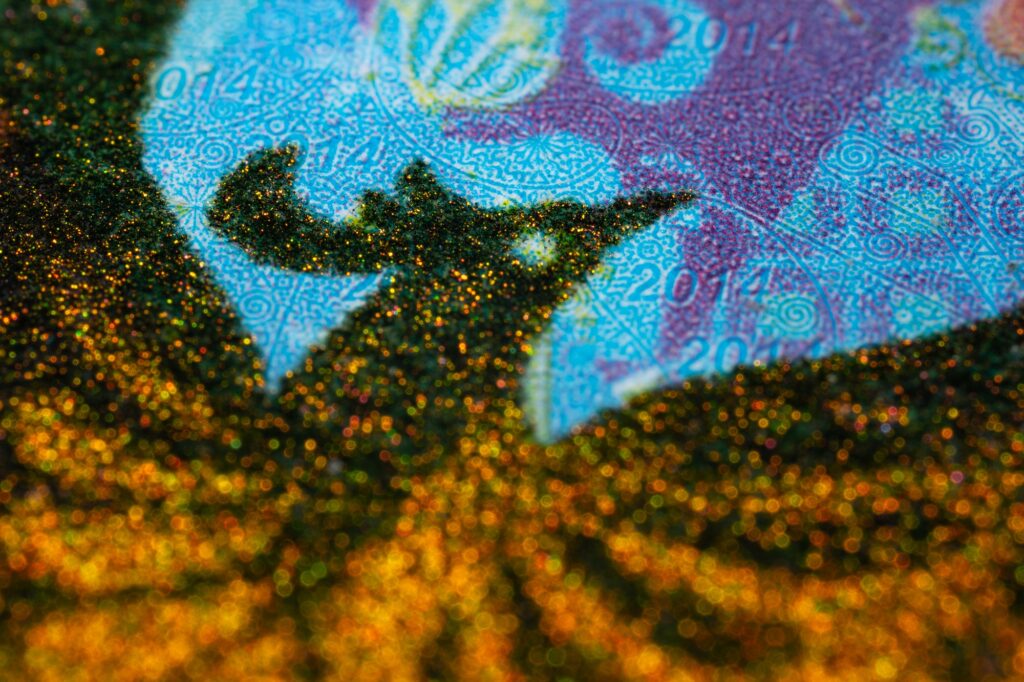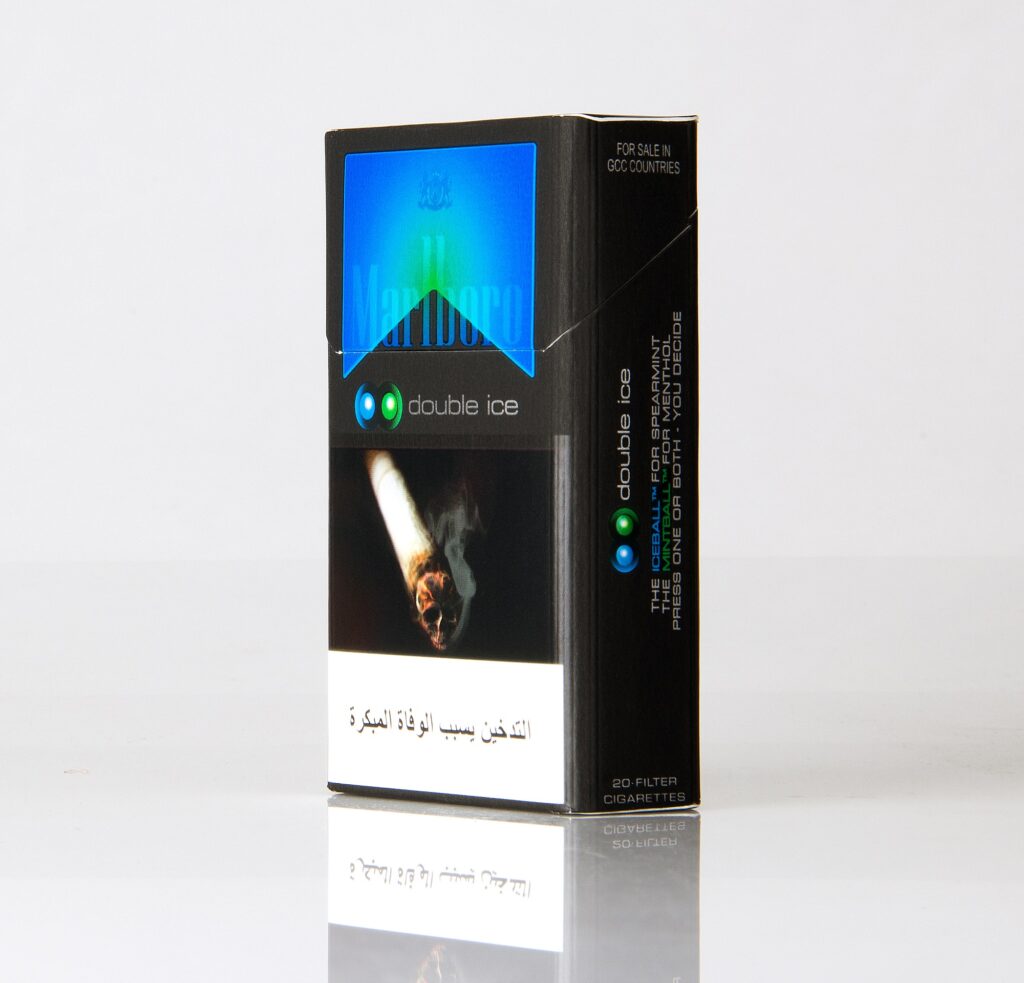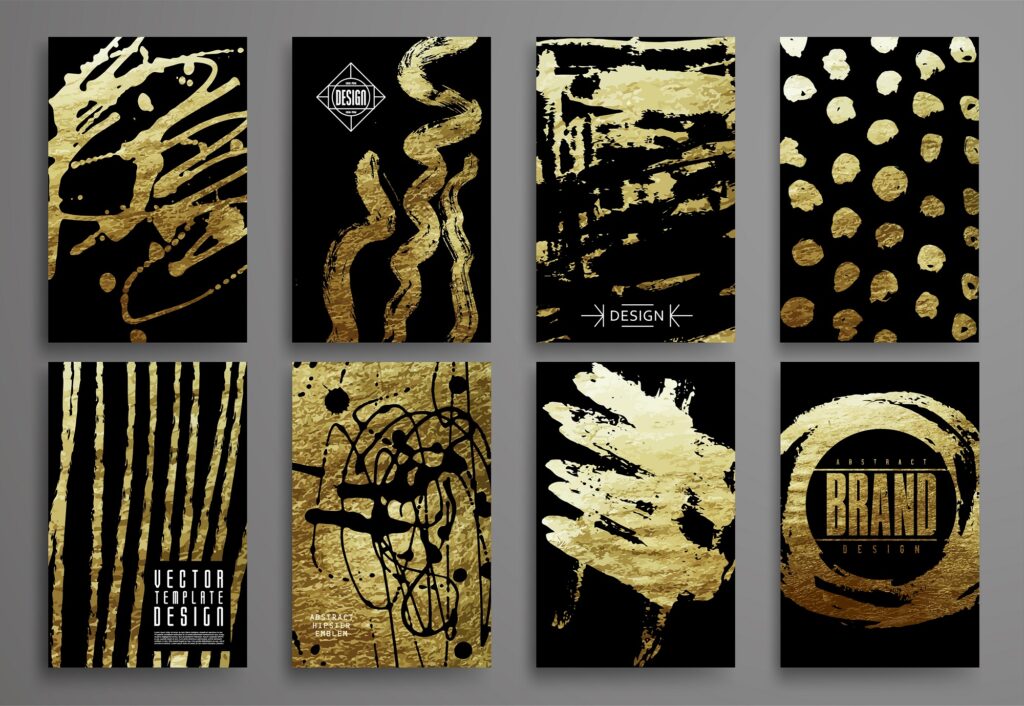Securing labels and packaging against counterfeit and forgery. Part 2


As we know, counterfeit, copying, and forgery of branded goods and their markings in the form of labels and packaging has become the nightmare of our times. We live in a global world where time and space have shrunk as a result of intensive networked international exchange. As Thomas Friedman claimed in his prophetic book „World Is Flat”, as a result of technological growth, relative world peace and extending the group of free market countries with post-Soviet countries in 1989, the world has flattened. The result of that phenomenon is not only the development of international trade, but also increase in organised forms of crime, including the ones which have to do with smuggle, forgery, counterfeit, copying and all the other forms of violation of the intellectual property laws.
In my previous article, I have listed different ways to fight this phenomenon with the help of special inks and varnishes. In this part, I will focus on a few – previously only outlined – possibilities of securing the labels and packacing by using special inks and varnishes.
As I have mentioned in the first part of this study, some of them are already used in fight with criminals, other ones are objects of interest of companies trying to implement new solutions in this field, and some are just ideas waiting for creative development.
Invisible fluorescent inks
One of the easiest and – at the same time – most effective forms of securing labels and packaging from counterfeit, copying and and forgery is the use of invisible fluorescent inks.
These inks, which are transparent in daylight, become visible in many colours when irradiated with the UV-A light (the most popular are the emitters of this light commonly named blacklight lamps). There are several basic colours of such inks – from yellow, through orange, purple, violet, to green and blue.
They also come in many combinations and shades within the aforementioned basic colours. These inks can be printed on various areas, known only to a producer of a label or packaging. All it takes to check the authenticity of an item is to apply the blacklight lamp. We recognize the authenticity of a given product by checking whether the print became visible. In order to make potential counterfeit of a label or packaging even more difficult, we can use special printing tricks, e.g. hide the detection area really well (e.g. inside the letter O in a text), use special multicoloured guilloches or even more advanced pigment (e.g. glowing in one colour in UV-A light and in other colour in UV-B light).
Invisible white fluorescent inks
A variant of invisible fluorescent inks which can be used in security printing is an invisible white fluorescent ink. The print done with this ink is invisible in daylight, however, it glows bright white under UV light. Apart from securities, they can be also used in label marketing, e.g. in printing the background of beverage labels. Such a label glows brightly, almost white in clubs, discos and during events where the blacklight is used, exceptionally standing out from other labels.
Spectacularly bright white visible under UV light can become a special asset in the toolkit a security designer.
They can e.g. integrate such a print into small details of inscriptions and images in areas known only to themself. Only someone checking the authenticity of a product, knowing where on the label or packaging the print was placed, is able to identify its authenticity.






Metallic inks for security printing
Another type of special inks which can find use in security printing are silver and gold inks using special, exceptionally shiny, metallic pigments or ones that, while imitating metallicity, additionally shimmer and sparkle in multiple colours under the influence of light..
The mere access and the use of these pigments is a rather huge obstacle to counterfeting the product by a counterfeiter, which results from a relatively high difficulty of purchasing special metallic inks. In addition, these inks can be creatively combined, mixed with other exceptionally shimmery and interferentially sparkling pigments, thus creating unique, one-of-a-kind effects which are virtually impossible to forge.
Apart from spectacular marketing effect, we can therefore achieve possibility to effective secure the label or packaging against the attempt to counterfeit or falsify.
Visible fluorescent inks
A little bit better known inks which may find use in security printing are fluorescent inks visible in daylight.
These inks have exceptional color purity and are characterised by a bright, neon colour, impossible to copy. Neon glow of fluorescent inks (which derives from their ability to emit glow after excitation by UV radiation within a white light spectrum) is practically impossible to be copied by any kind of device, from copying machine, through scanner, to a camera..
To prevent attempt to counterfeit, such a combination of neon colours and shades can be used in order to make the print practically impossible to copy. The idea of printing fluorescent guilloches, used in printing securities and tickets, can also be creatively developed.
Thermochromic inks
Thermochromic inks, reacting to a temperature change with colour change, can provide an interesting idea for printing works secured against counterfeit and forgery.
There are several types of thermochromic inks, including inks changing colours in reversible or irreversible way, working in a specific temperature interval or the ones that colour in one temperature and discolour in another. Thermochromic inks work perfectly in marketing purposes (e.g. covering an underprint with information with a thermochromic ink or printing information about a temperature change, and many others) as well as securing the product packaging against forgery. The authenticity can be detected, for example – depending on a used pigment – by using a heat of a human body (a hand), exposing the print to low temperature (refridgerator) or heating it up to a shightly higher temperature (safe source of heat, e.g. a special heater).


The original article can be found in periodical Świat DRUKU, issue 6/2022



